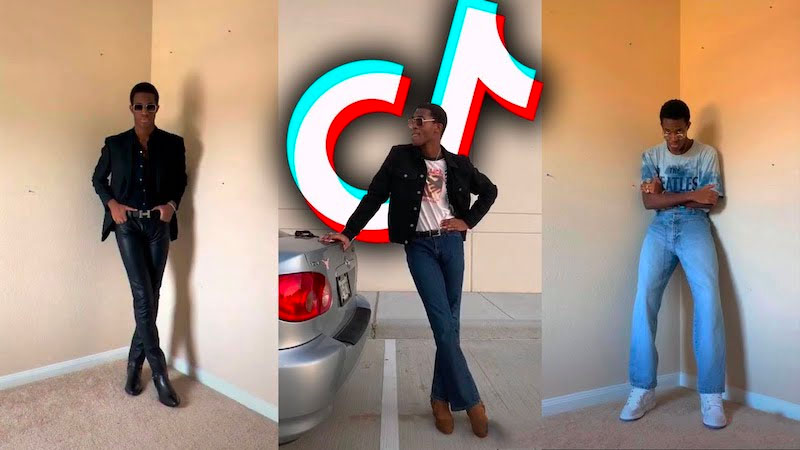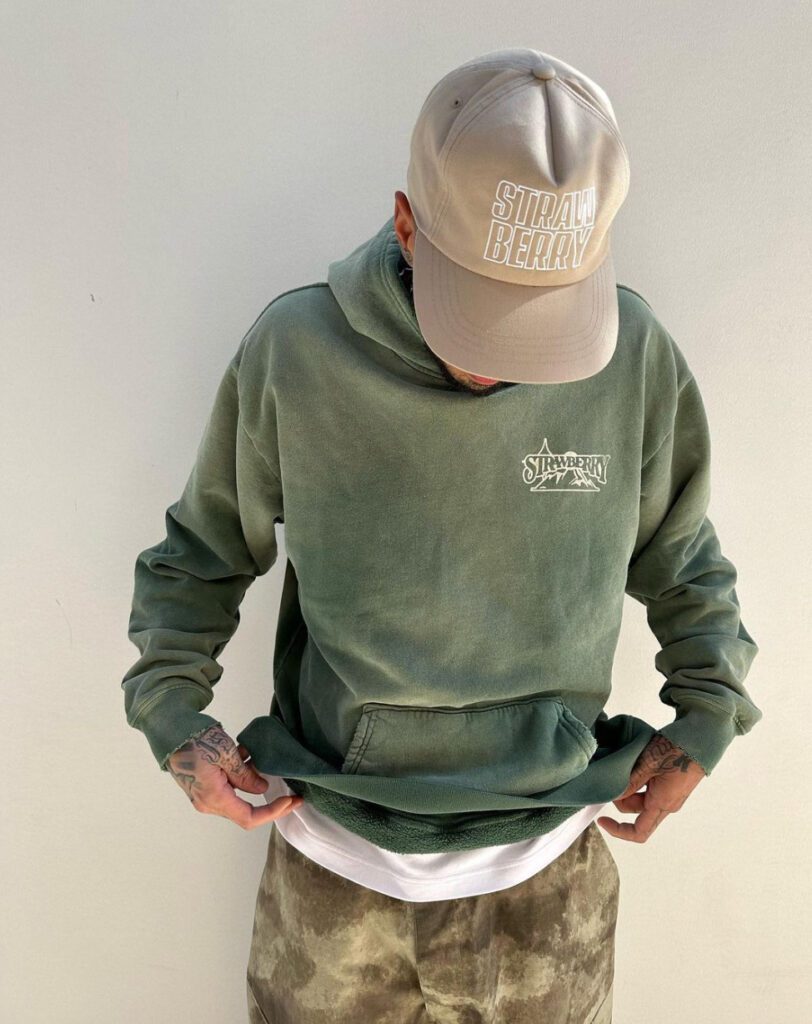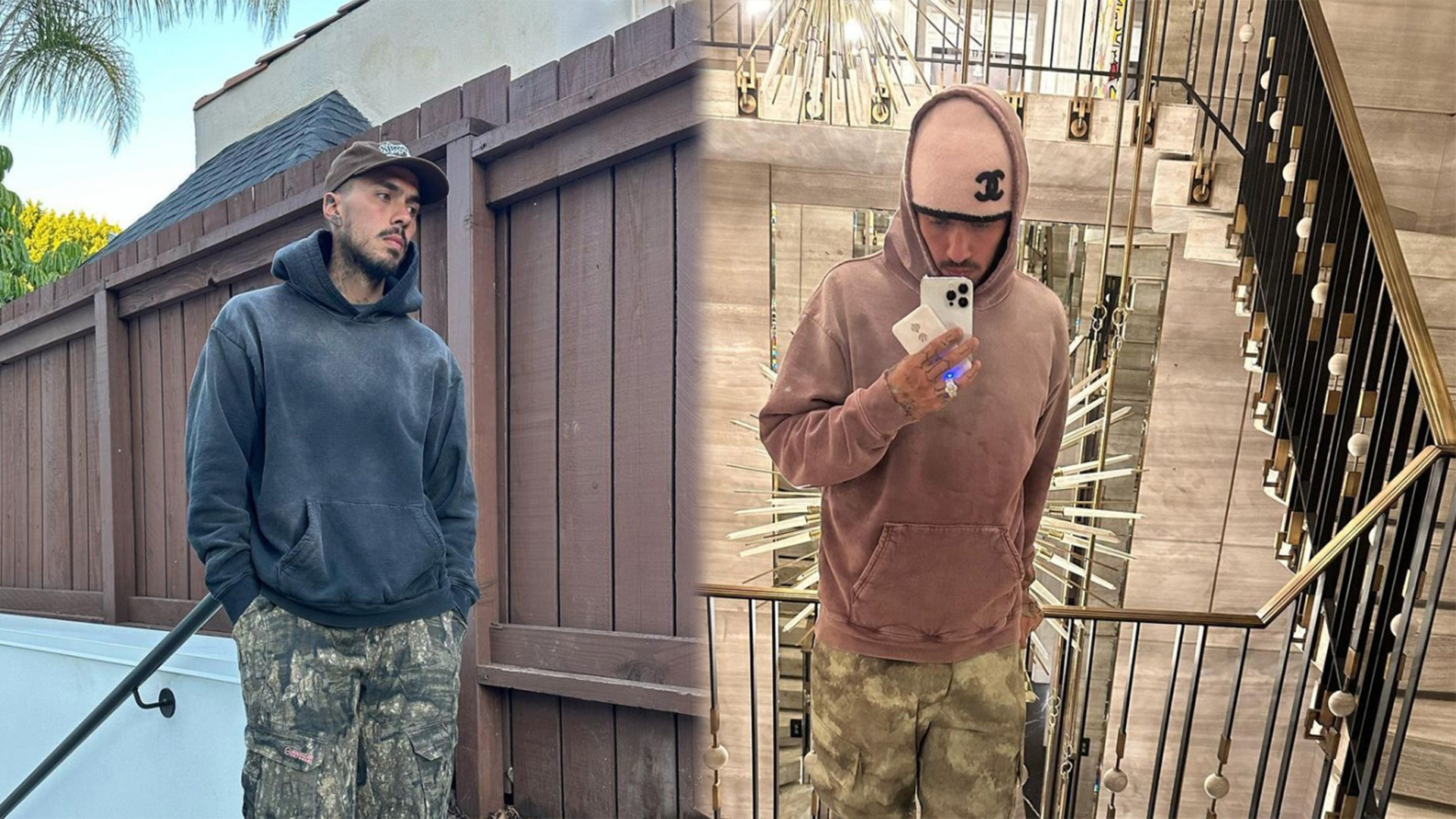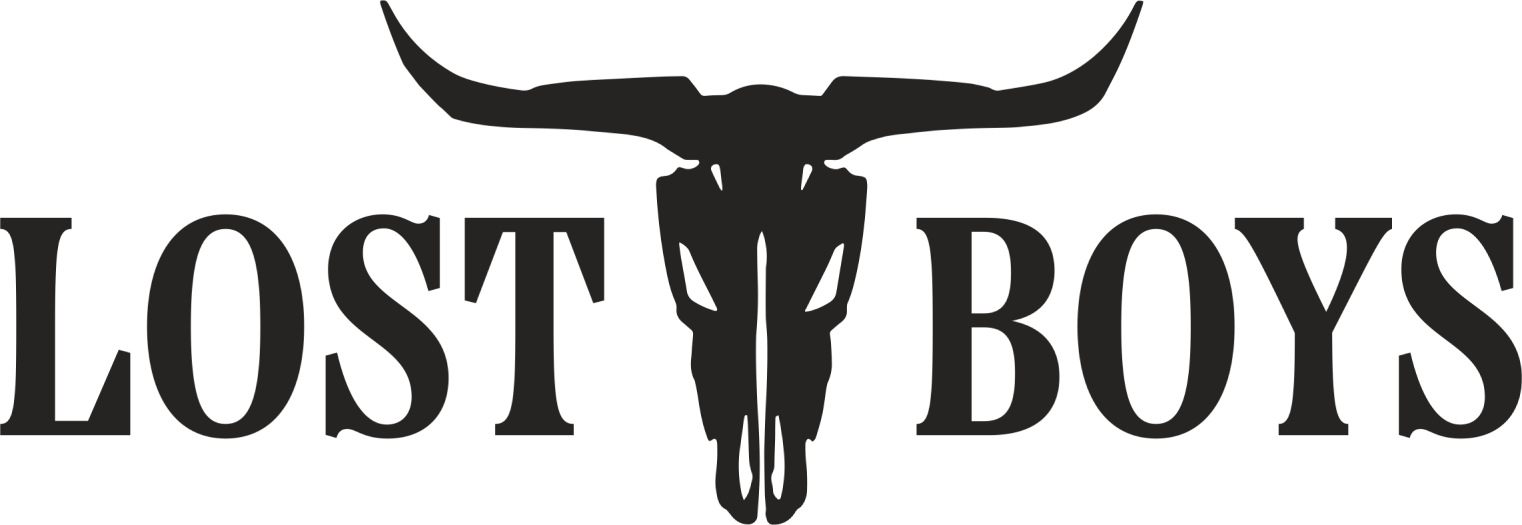In the dynamic landscape of digital marketing, TikTok and Instagram have emerged as the frontrunners in the realm of fashion marketing. Both platforms offer unique opportunities for brands to connect with consumers, but they also present distinct challenges. This article will delve into the battle between TikTok and Instagram, examining their strengths, weaknesses, and the strategies brands can employ to succeed on each platform.
The Meteoric Rise of TikTok
TikTok, a short-form video platform, has taken the world by storm. With its addictive algorithm and creative tools, TikTok has become a hub for fashion enthusiasts, influencers, and brands alike. The platform’s unique format allows for the creation of engaging, viral content, making it an ideal space for fashion marketing.

One of the key strengths of TikTok is its ability to foster organic growth. Unlike Instagram, where the emphasis is often on polished, curated content, TikTok thrives on authenticity and spontaneity. This has allowed many fashion brands to connect with younger audiences in a more genuine and relatable way. The raw, unfiltered nature of TikTok content resonates with the platform’s user base, leading to higher engagement rates and stronger brand-consumer relationships.
Moreover, TikTok’s algorithm is designed to surface content from a wide range of creators, giving smaller brands and influencers a chance to be discovered. This democratization of content has made TikTok a hotbed for fashion trends, with viral challenges and hashtag campaigns often leading to significant spikes in product sales. Brands have leveraged this aspect to create viral marketing campaigns, such as hashtag challenges, that encourage user participation and content creation, leading to increased brand visibility and consumer engagement.
Instagram’s Unwavering Dominance
Despite the rise of TikTok, Instagram remains a dominant force in fashion marketing. With its visually-driven format, Instagram is a natural fit for fashion brands, allowing them to showcase their products in a visually appealing way. The platform’s focus on aesthetics aligns perfectly with the fashion industry’s emphasis on visual appeal and design.

Instagram’s suite of features, including Stories, IGTV, and Shopping, provide brands with multiple avenues to engage with consumers. The platform’s shopping feature, in particular, has been a game-changer for fashion marketing, enabling users to discover and purchase products directly from their feed or stories. This seamless integration of shopping and browsing has transformed Instagram into a virtual shopping mall, where users can discover, explore, and purchase products without leaving the platform.
Furthermore, Instagram’s established influencer ecosystem offers brands the opportunity to tap into influencers’ loyal followings. Influencer partnerships have become a cornerstone of many fashion brands’ Instagram strategies, driving brand awareness and conversions. Brands have leveraged this network of influencers to reach niche audiences, create authentic content, and drive sales.
Choosing the Right Platform: A Strategic Decision
While both TikTok and Instagram offer immense potential for fashion marketing, the choice between the two isn’t always straightforward. The decision should be guided by a brand’s target audience, marketing objectives, and resources.
Brands targeting a younger demographic may find more success on TikTok, given its popularity among Gen Z and younger millennials. On the other hand, Instagram’s user base is more diverse, making it a suitable platform for brands targeting a wider age range.
In terms of content, brands with the resources to create high-quality, visually stunning imagery may thrive on Instagram. However, brands that can tap into the creativity and spontaneity that TikTok users love may find more success on that platform.
Strategies for Success: Leveraging Platform Strengths
Regardless of the platform, successful fashion marketing requires a deep understanding of the audience and a willingness to adapt to changing trends. OnTikTok, this might mean participating in viral challenges or leveraging user-generated content. On Instagram, it could involve creating shoppable posts or collaborating with influencers.
On TikTok, brands can leverage the platform’s viral nature by creating engaging challenges or using trending sounds. This not only increases the brand’s visibility but also encourages user interaction and content creation. Additionally, brands can collaborate with TikTok influencers who resonate with their target audience to create authentic and engaging content.
On Instagram, brands can leverage the platform’s visual nature by creating aesthetically pleasing content that aligns with their brand image. They can also use Instagram’s various features such as Stories, IGTV, and Shopping to engage with their audience in different ways. Collaborating with Instagram influencers can also help brands reach a wider audience and increase their credibility.
Conclusion: A Balanced Approach
The landscape of fashion marketing is constantly changing, and brands must be willing to adapt to stay ahead. Whether it’s TikTok’s viral challenges or Instagram’s shoppable posts, each platform offers unique ways for brands to connect with consumers. By understanding these platforms and their audiences, brands can create effective strategies that drive awareness, engagement, and ultimately, sales.
In the battle between TikTok and Instagram, there’s no definitive winner. Each platform has its strengths and can be a powerful tool for fashion marketing when used effectively. Brands that can navigate these platforms, engage their audiences, and adapt to the ever-changing digital landscape will be the ones that come out on top.
As we move forward, the intersection of fashion and social media will continue to evolve. Brands must stay informed about the latest trends, adapt their strategies accordingly, and always strive to connect with their audience in authentic and innovative ways. Whether through a viral TikTok challenge or a beautifully curated Instagram feed, the opportunities for fashion marketing in the digital age are endless.
In conclusion, TikTok and Instagram are not adversaries in the world of fashion marketing, but rather allies. Each platform offers unique opportunities for brands to reach their target audience and achieve their marketing objectives. The key to success lies not in choosing one over the other, but in understanding how to leverage the strengths of each platform to create a comprehensive, effective marketing strategy. The future of fashion marketing lies in a balanced approach that leverages the unique strengths of both TikTok and Instagram.



